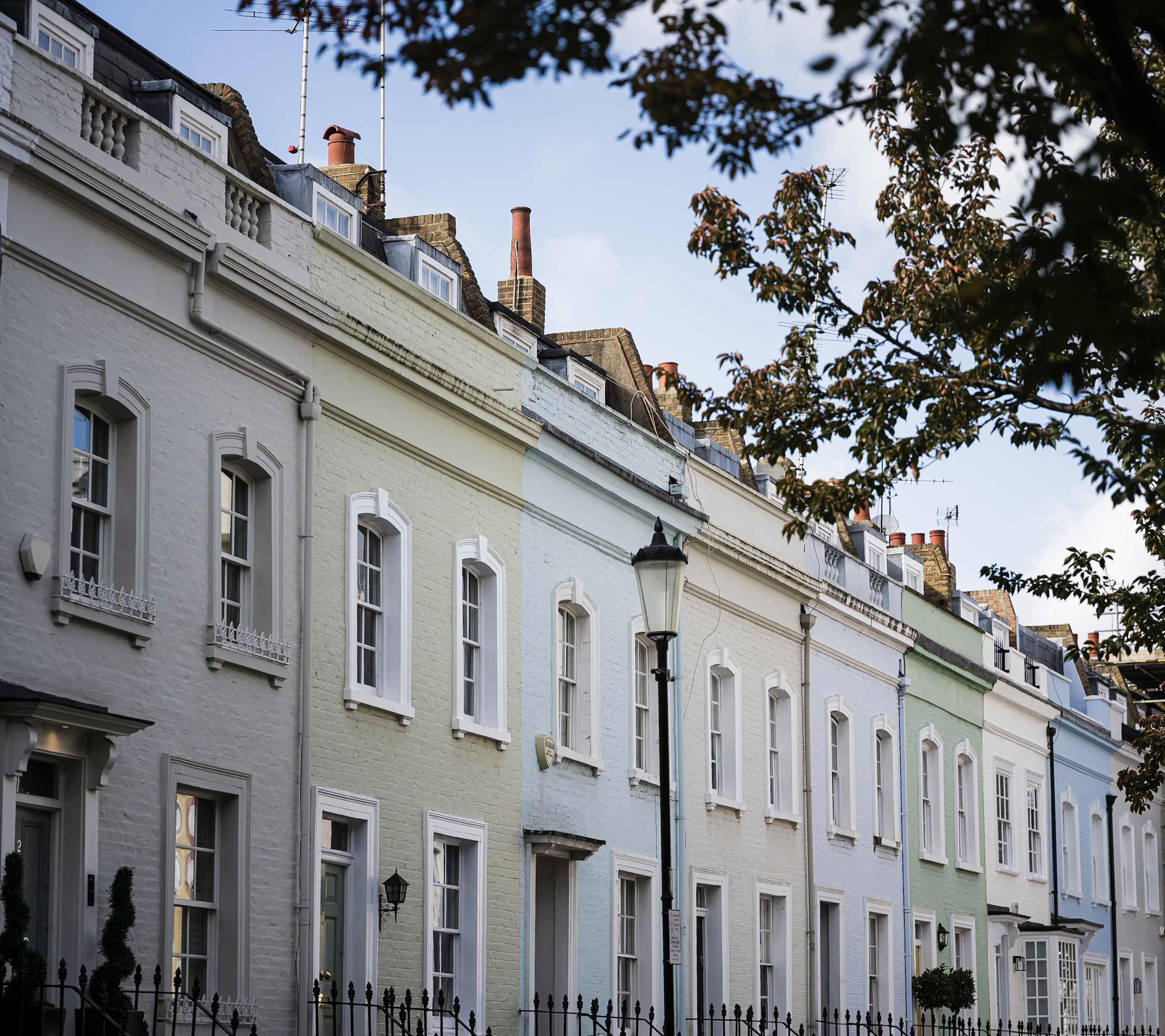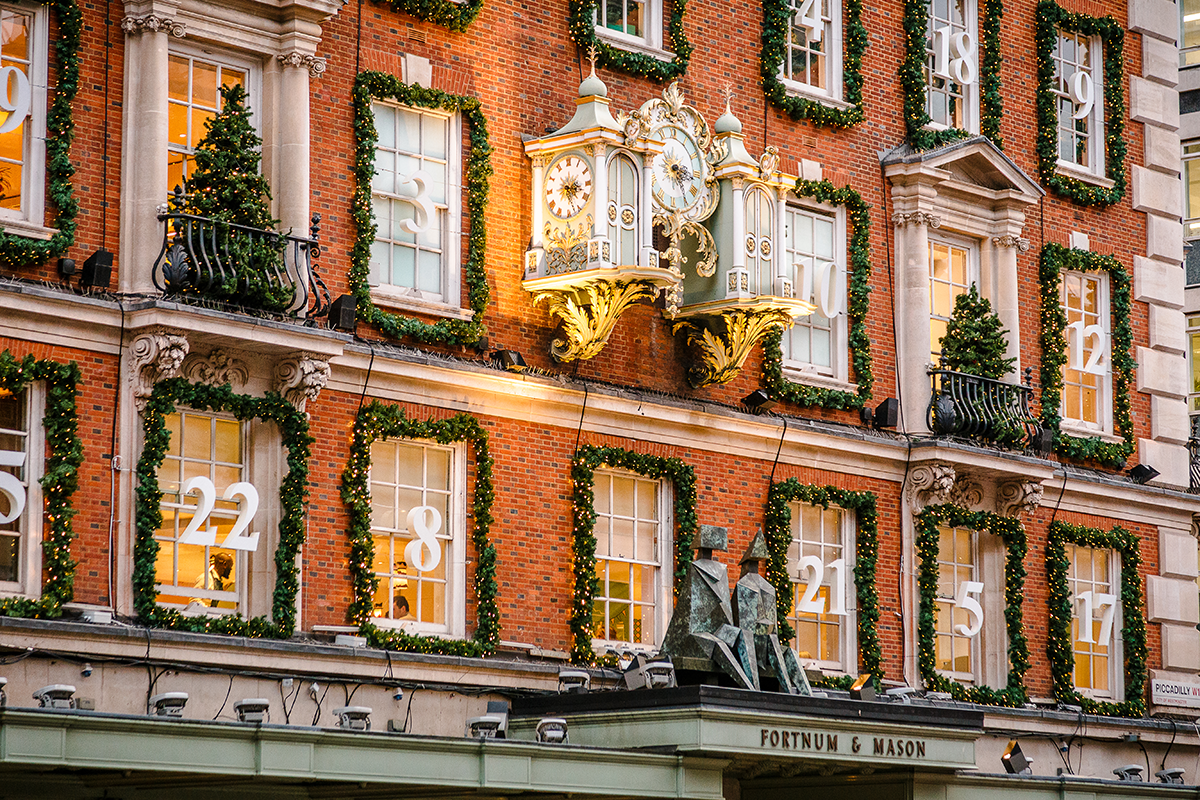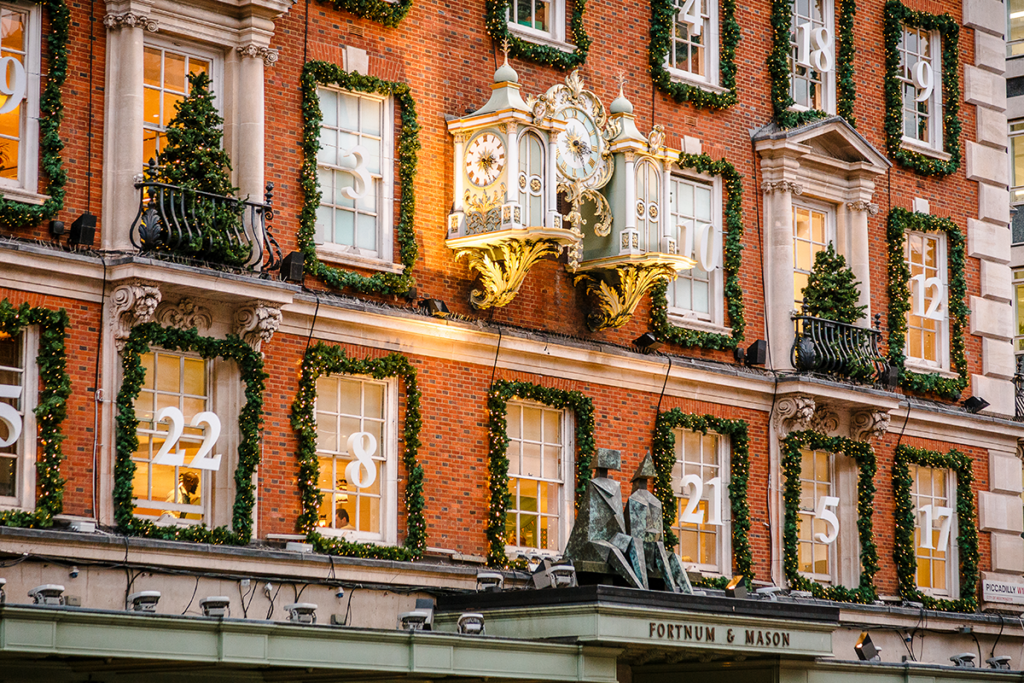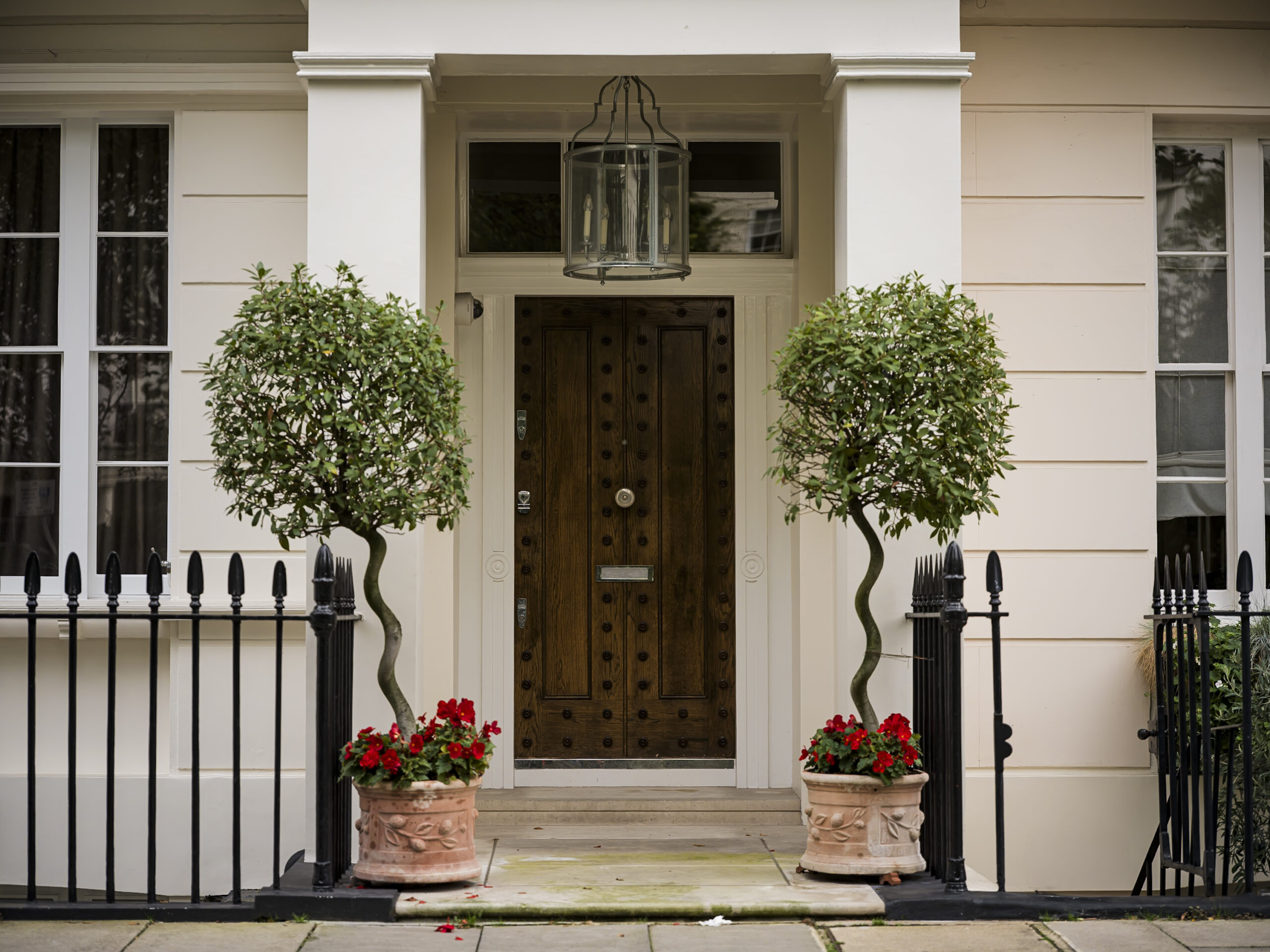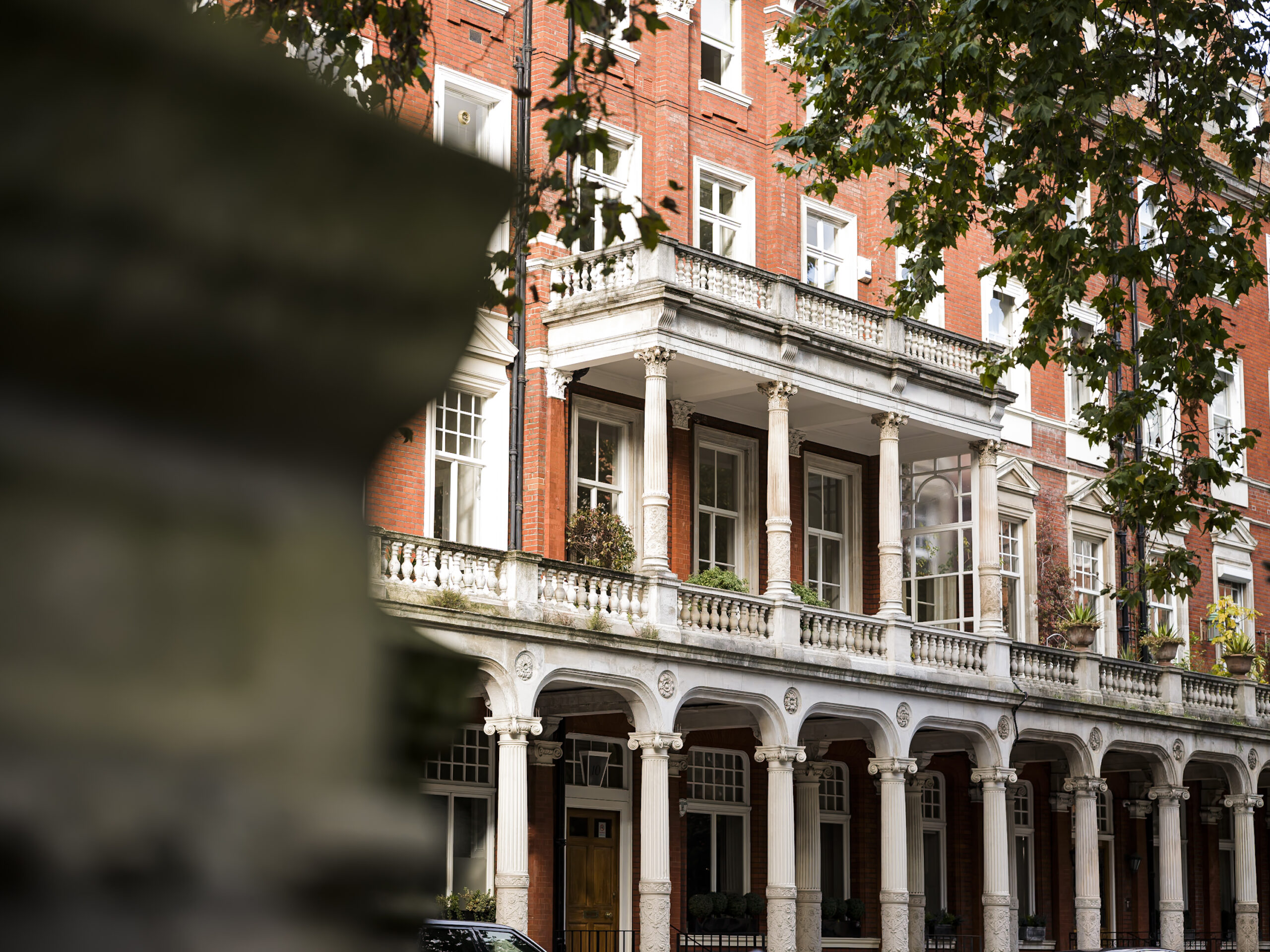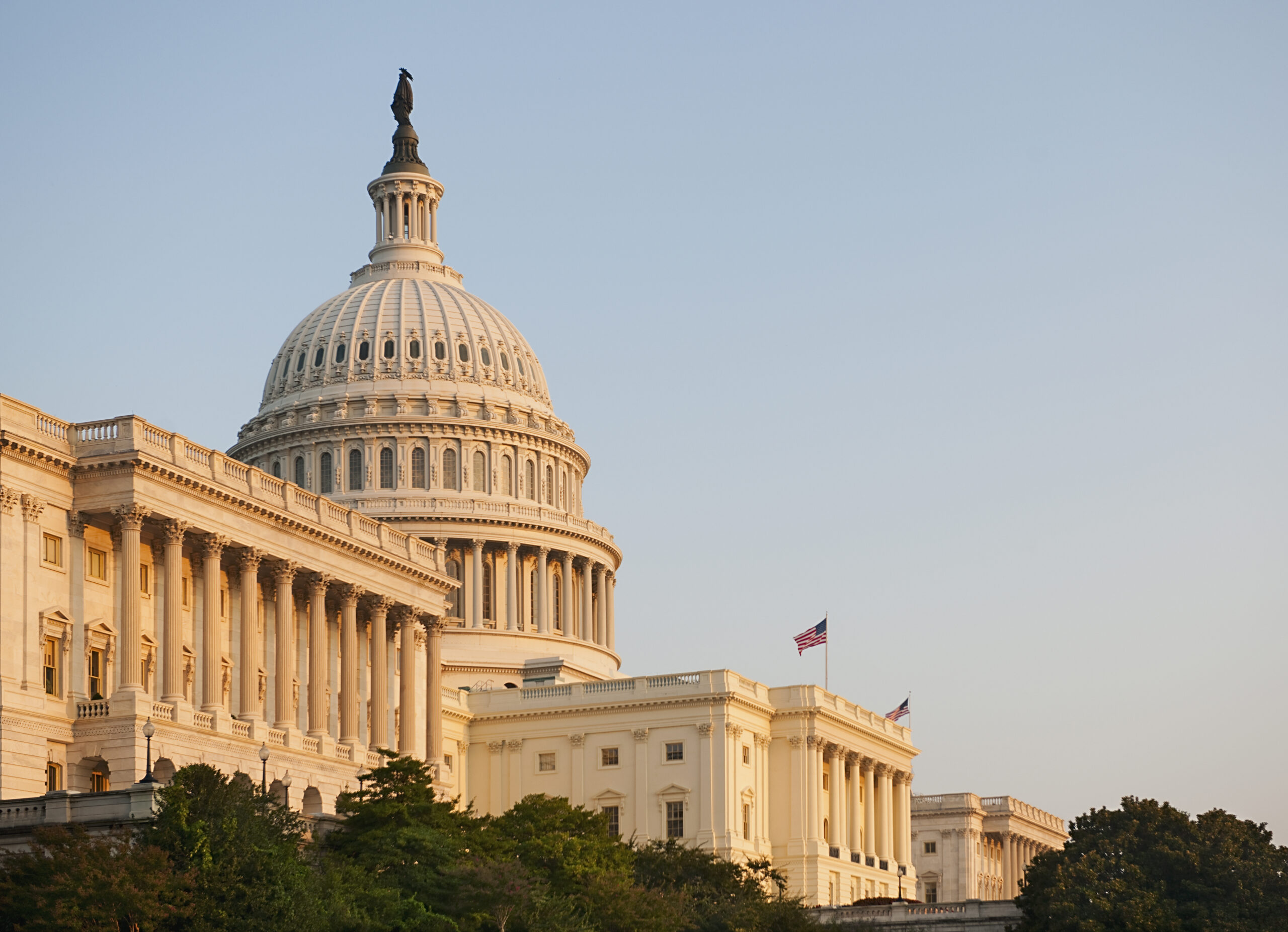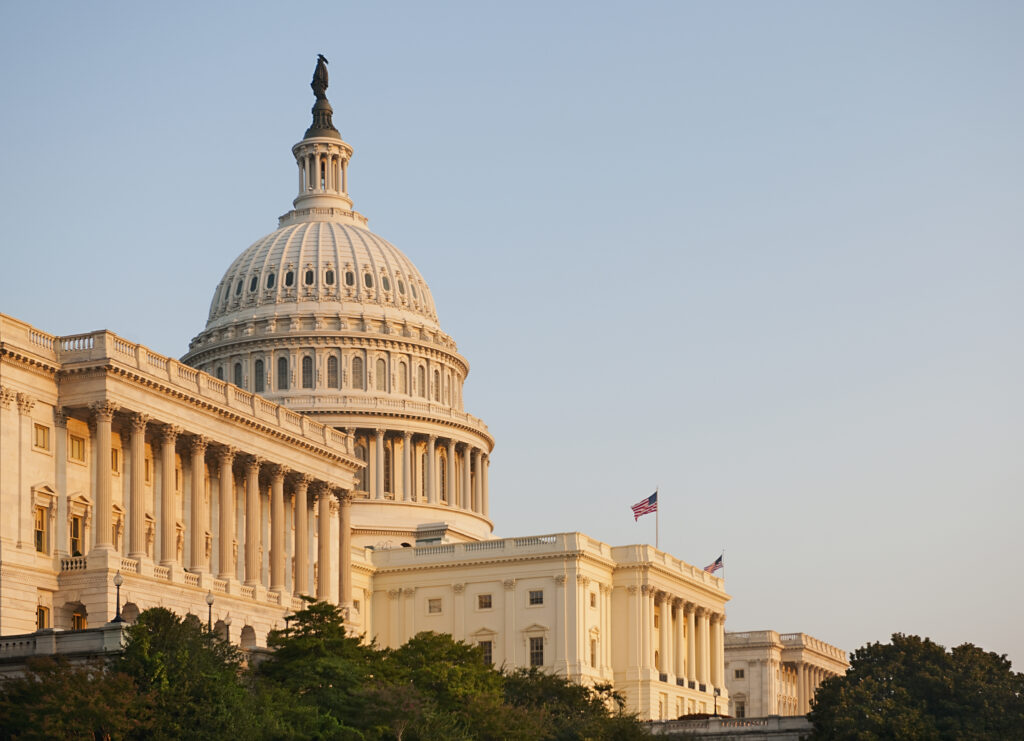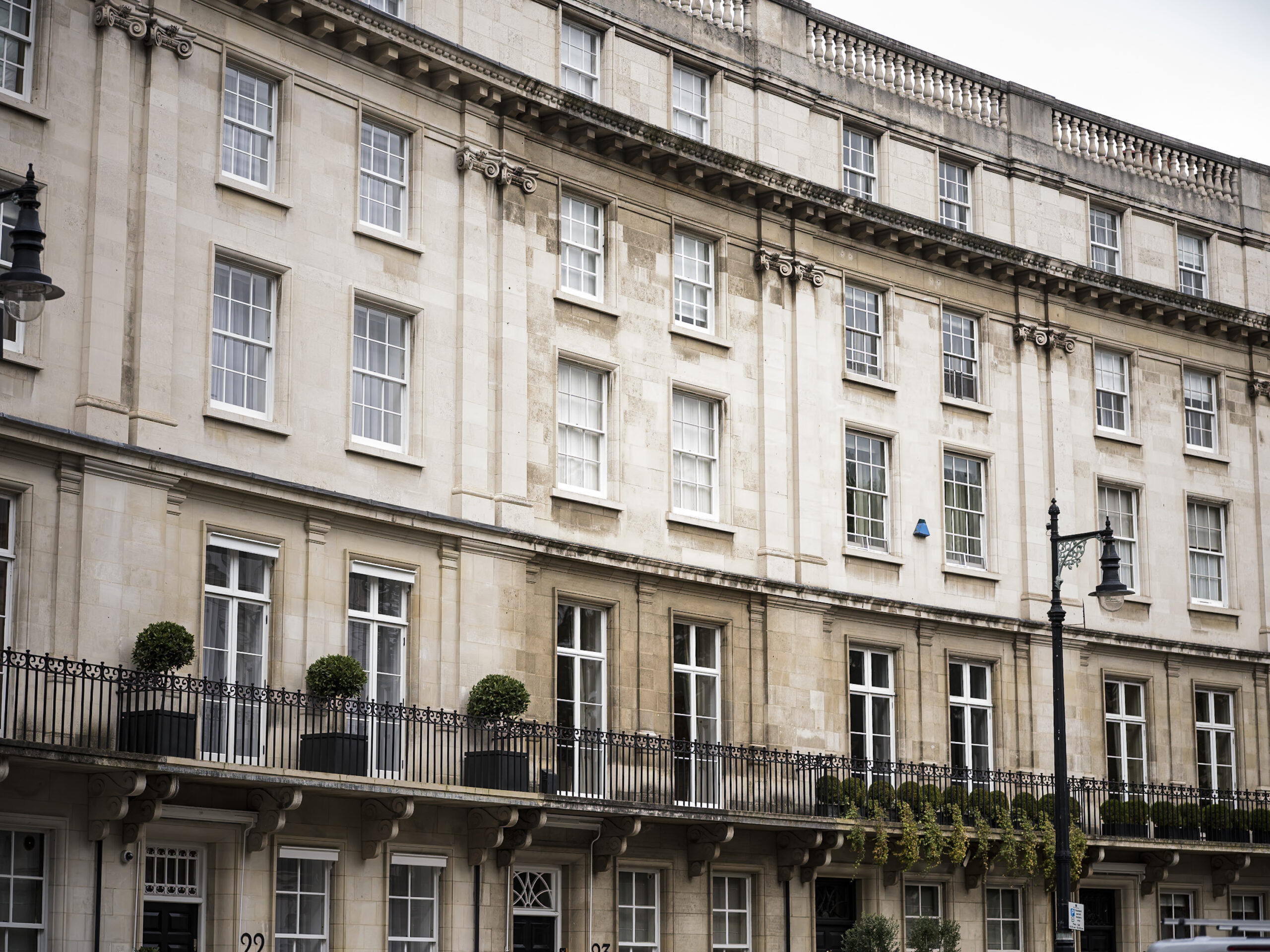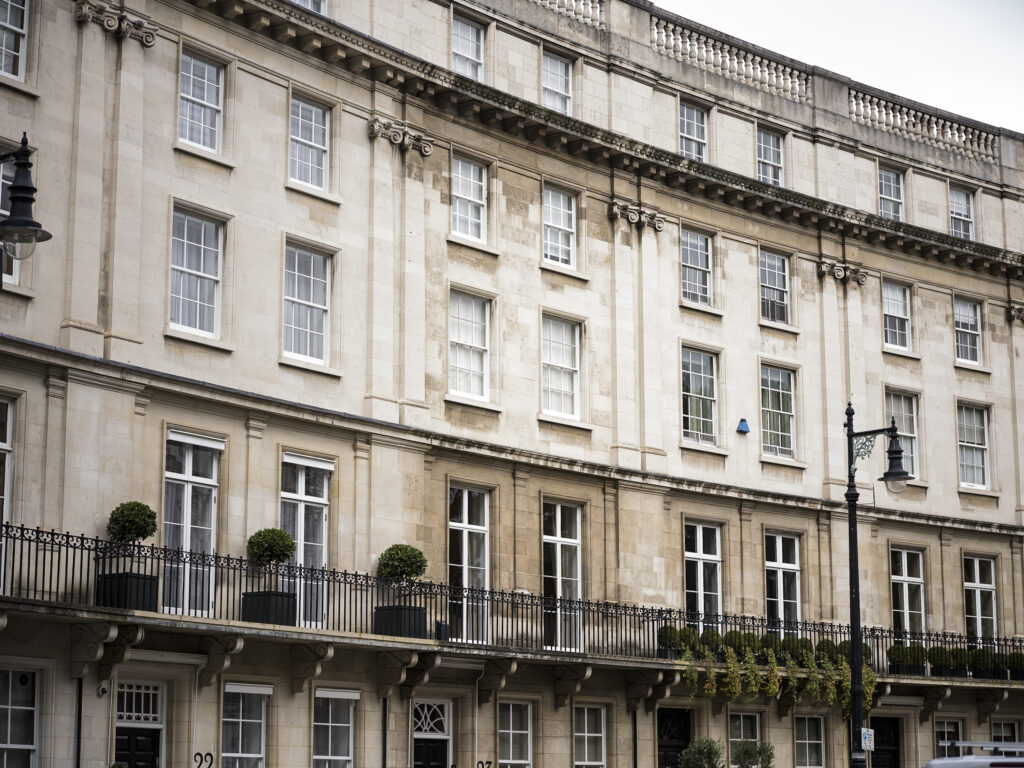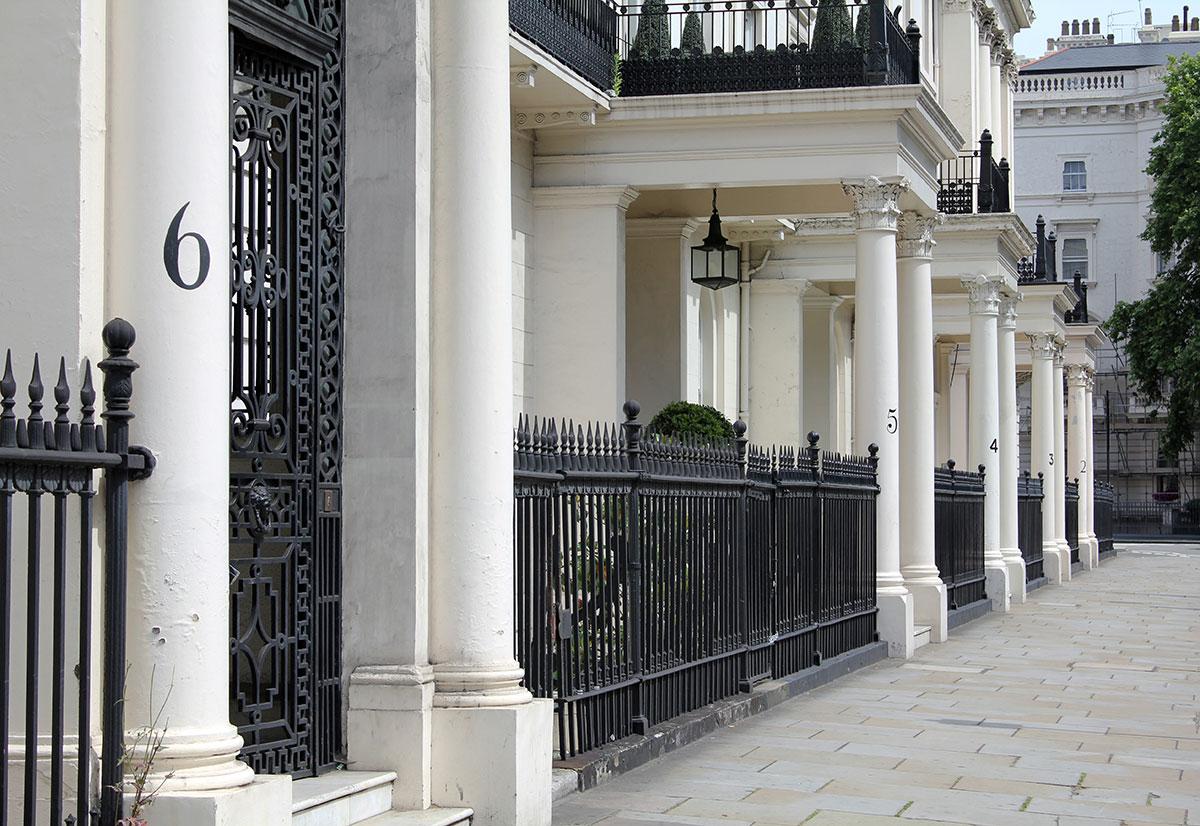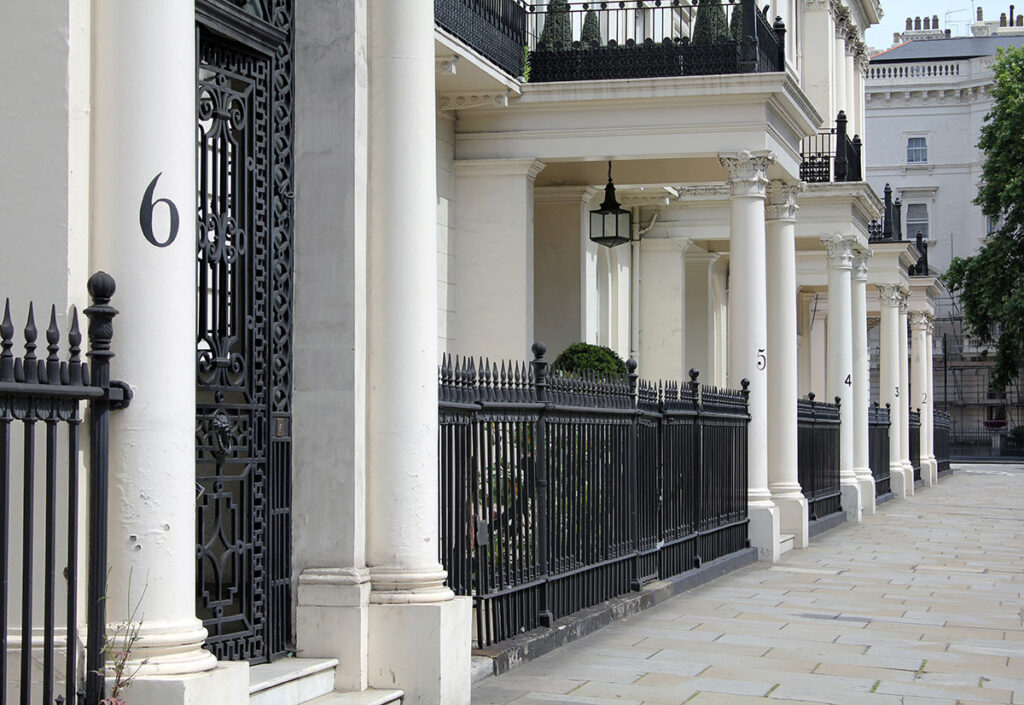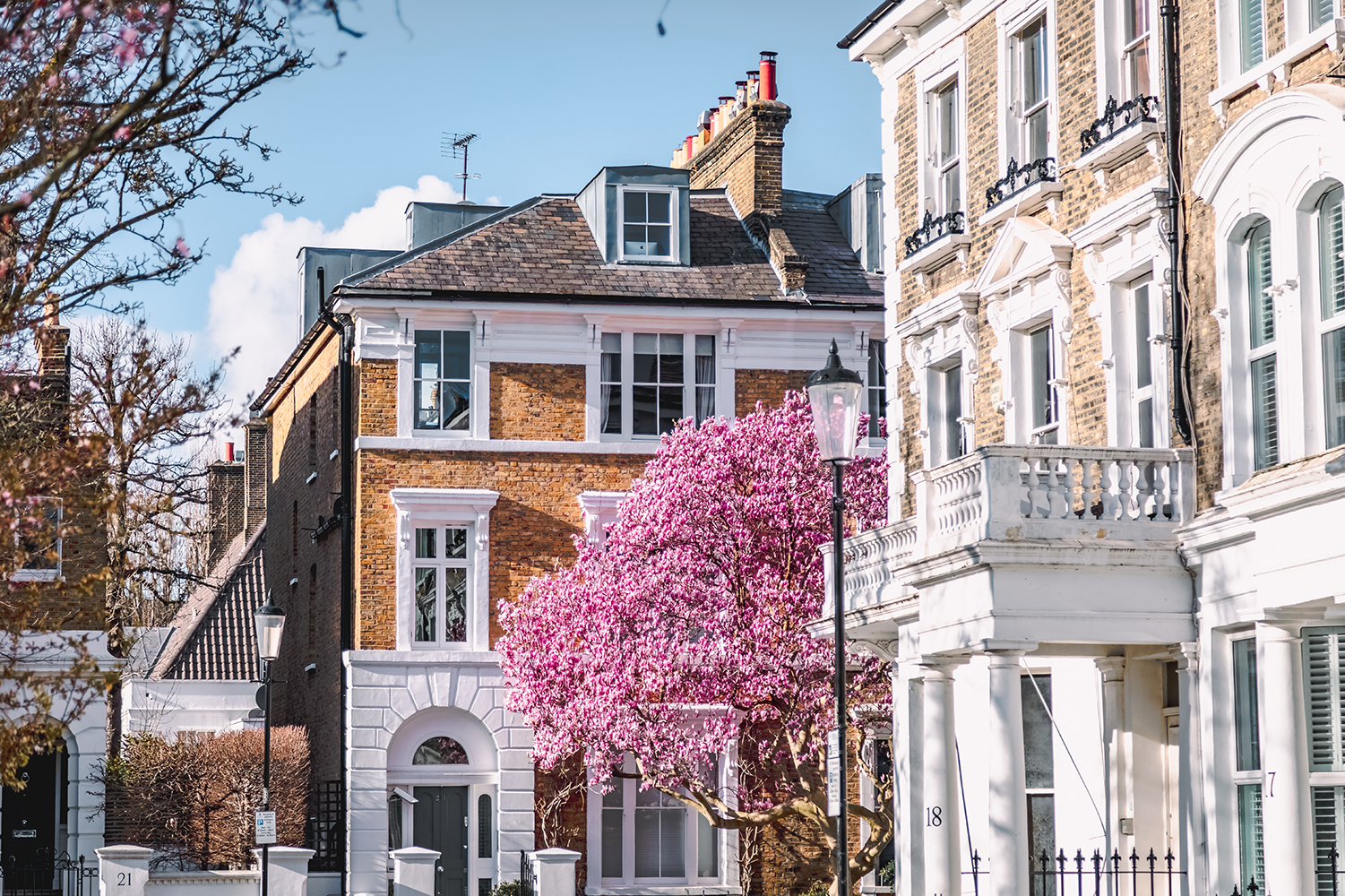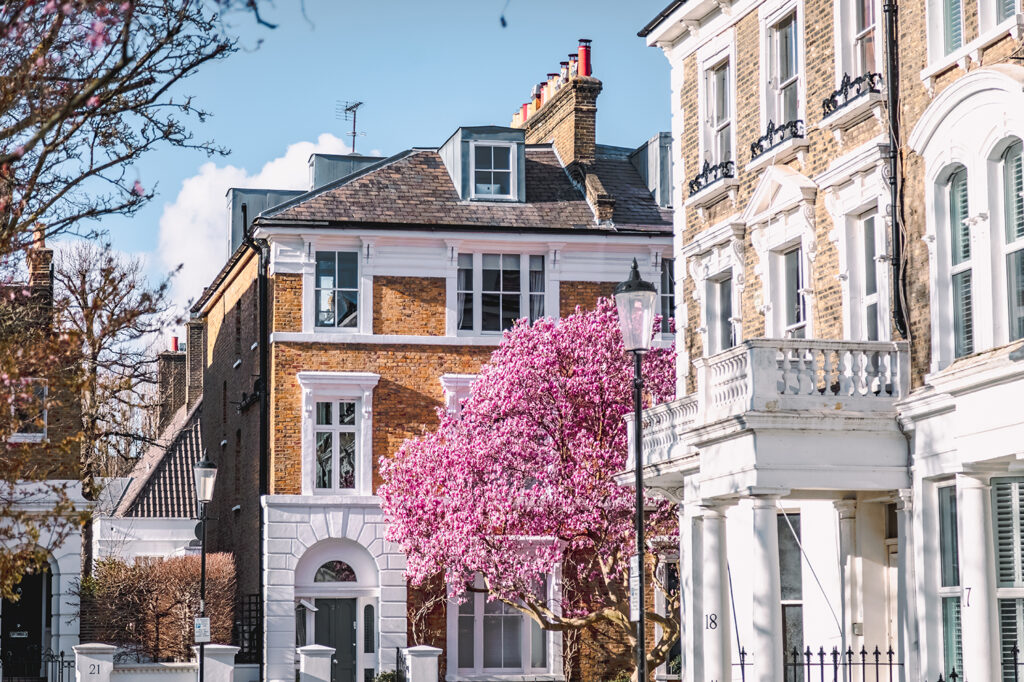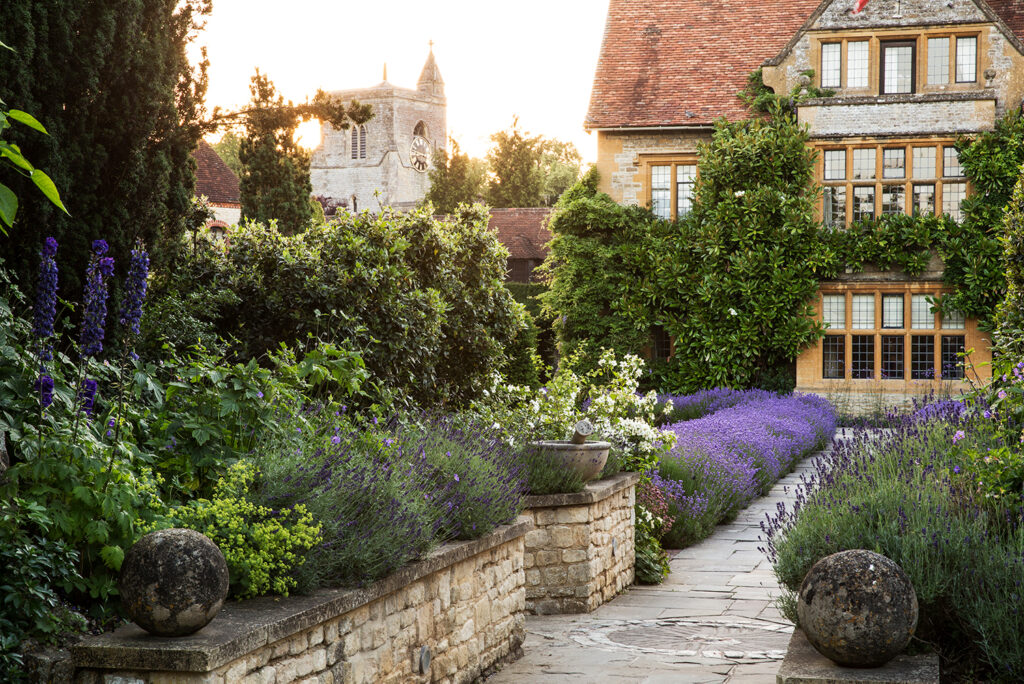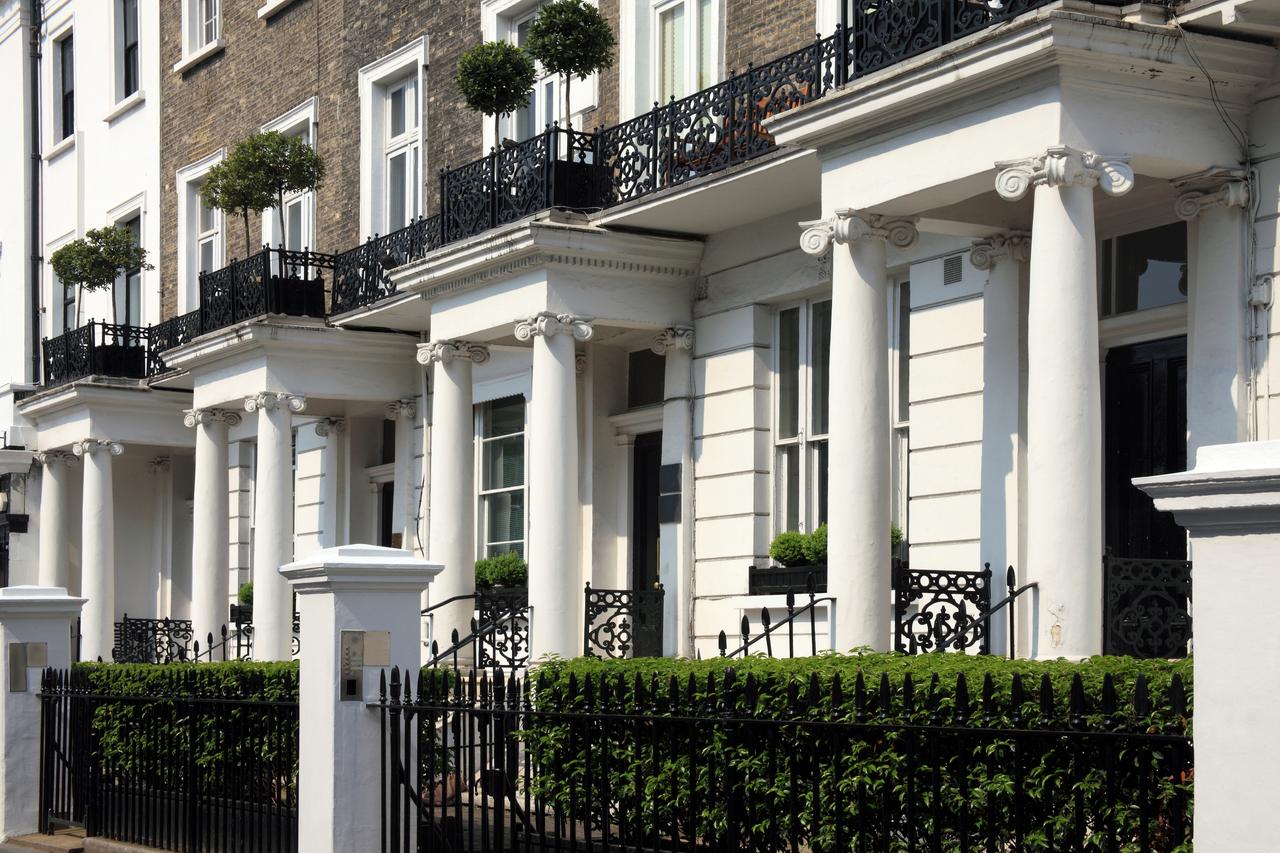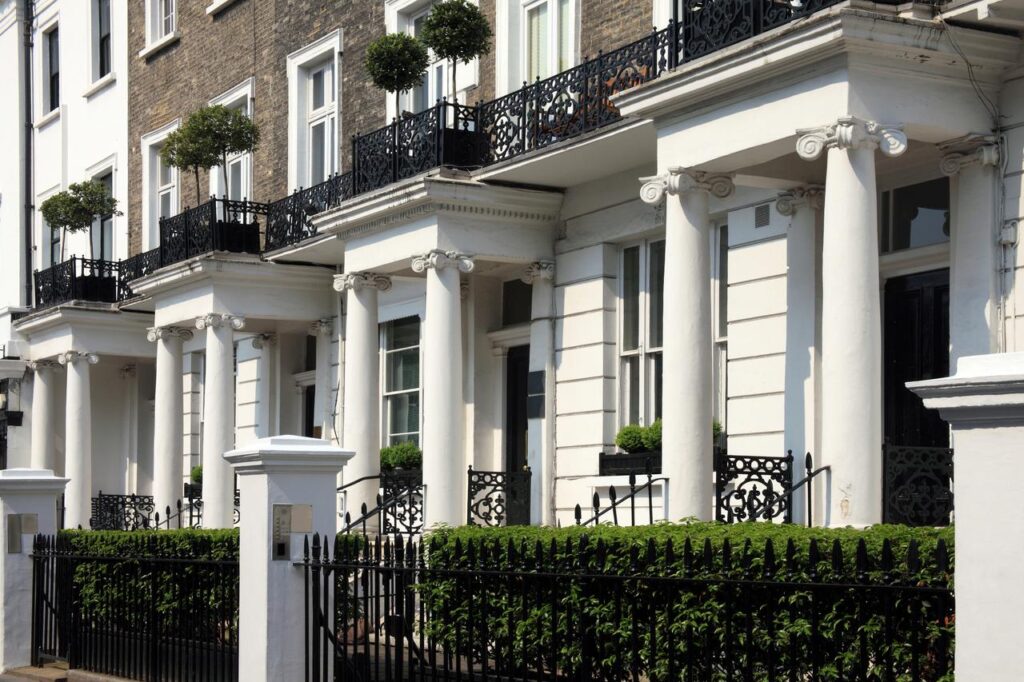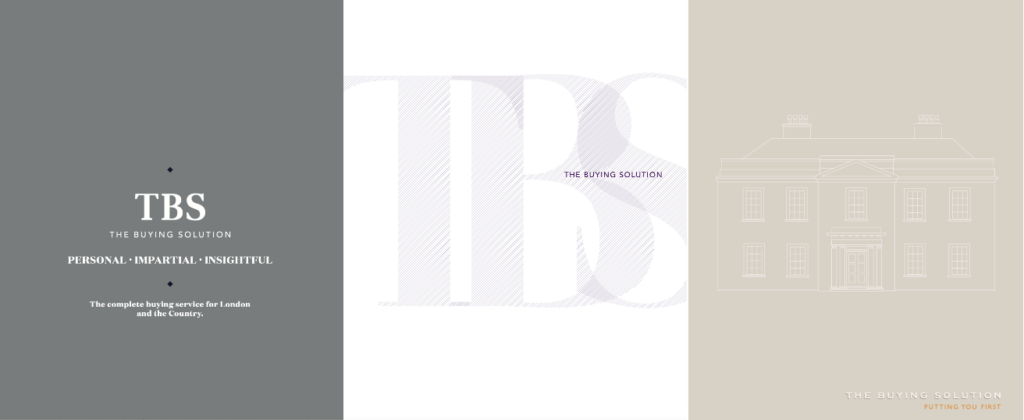As 2024 draws to a close, Will Watson, Head of The Buying Solution, reflects on a year of change, growth and opportunity.
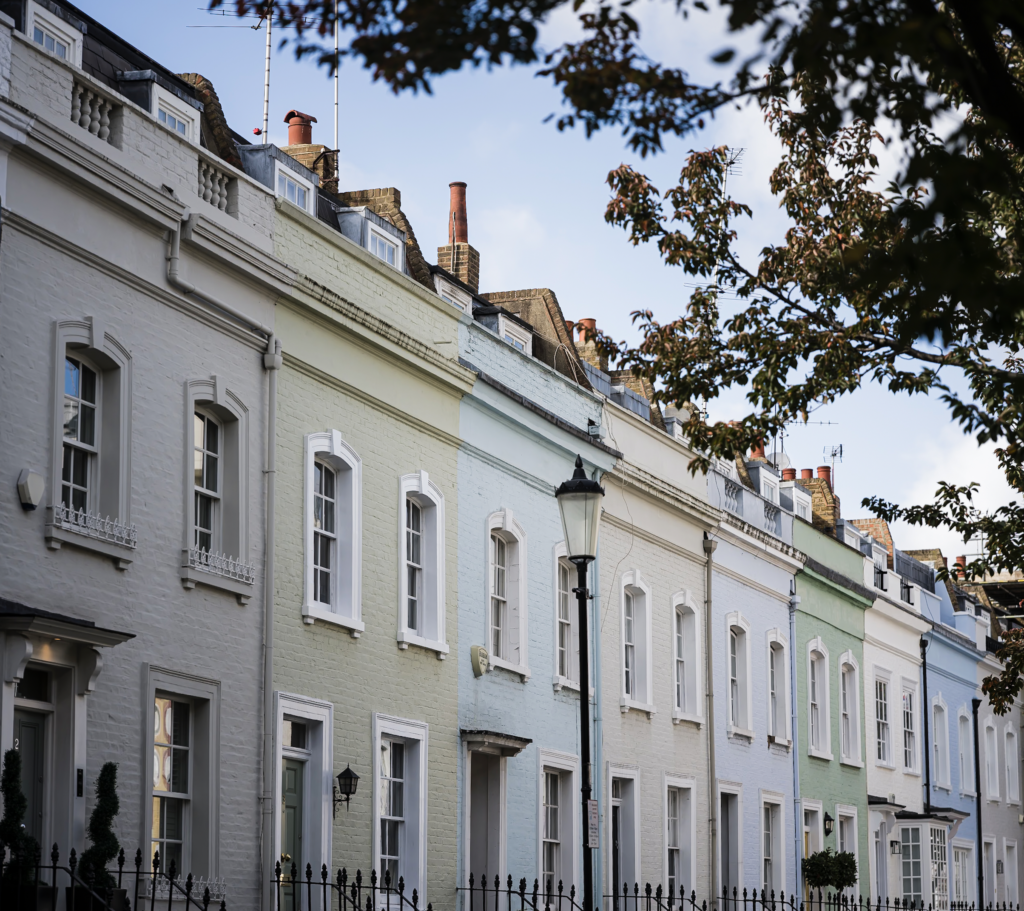
As I reflect on 2024, it’s clear that this has been a transformative year for The Buying Solution and for me personally. Taking on the role of Head of The Buying Solution in May was a great privilege and offered me an opportunity to reinvigorate the business. My goal was to inject fresh energy into the firm and create a culture that reflects our ambition and expertise. Now, as the year comes to a close, I’m proud of the strides we’ve made together as a team.
One of the most exciting developments has been strengthening our team with three exceptional hires: Toto Lambert as Partner in our London office, Katherine Watters as Partner covering the Southern Home Counties, and Georgina Neil as a Buying Agent covering the Cotswolds. Each of them brings unique perspectives and expertise that have already made a significant impact on our business and brought a new dimension to it. As female Partners, Katherine and Toto have not only enhanced our reach but also broadened our professional and personal networks in London and the country. Watching their contributions complement our existing strengths has been a real highlight for me.
Fostering a collaborative and unified culture at The Buying Solution has been another key priority. Seeing this camaraderie between colleagues and mutual support take shape has been hugely rewarding.
One of the most gratifying trends has been the surge in client referrals. This year, more than ever, we’ve had past clients recommending our services to friends and family, which is a testament to the trust we’ve built. It’s this reputation that enables us to unlock opportunities that others simply can’t access. In fact, over 60% of the properties we’ve secured for clients this year have been off-market – a true reflection of our ability to deliver beyond the ordinary.
From a market perspective, 2024 has certainly had its uncertainties. Yet, we’ve seen a marked resilience, especially in London. The capital remains a focal point for global wealth, despite the political and economic noise. While some headlines might suggest an exodus, the reality is different. Clients have explored alternatives – Milan, Dubai, the US – but time and again, they return to London, drawn by its unparalleled lifestyle, culture, and connectivity. Yes, it’s always been an expensive city, and it’s becoming more so, but for those who understand its value, there’s simply no substitute.
Looking beyond London, the well-trodden path from city to countryside has continued to appeal, with clients seeking more space and a change of pace. One of my colleagues shared a story about a family moving to a rural spot in the Home Counties. Initially, they had reservations about leaving London, but with guidance and support, they made the leap – and haven’t looked back. These moments, where we help clients find not just a house but a true home, are what make this work so fulfilling.
Of course, our role is not just to facilitate; it’s to advise. There have been times this year when we’ve had to counsel clients against properties they initially thought they wanted. In one instance, a family fell for a house that, while charming, was in the wrong location and would have been a financial and emotional burden. After detailed discussions, they trusted our advice, held off, and ultimately secured a property far better suited to their needs. These are the decisions that define our commitment to our clients’ best interests.
Our reach continues to expand as well. This year, we’ve worked with clients from across the globe, including Japan and Finland, navigating language barriers and cultural differences to deliver exceptional results. Building long-term relationships is at the heart of what we do, and there’s no greater compliment than a returning client.
As we head into 2025, I remain cautiously optimistic. While uncertainties persist –whether around government policies or the broader economy – London and the UK’s enduring appeal will undoubtedly prevail.
What’s particularly intriguing right now is that we’re navigating what I believe is the bottom of the market. There are some excellent buying opportunities for those ready to act. Nervous sellers who’ve been waiting to move on are now willing to negotiate, making December and early 2025 an ideal time to buy. I anticipate that as sentiment improves – perhaps as early as next year – we’ll see confidence return which could harden seller’s positions within the market, so this current window is one to seize.
At The Buying Solution, we are proud to stand beside our clients, offering trusted advice, unrivalled access, and a deep understanding of the market. Whether it’s navigating the complexities of the current climate or securing a dream home, we are here to ensure our clients are always one step ahead.
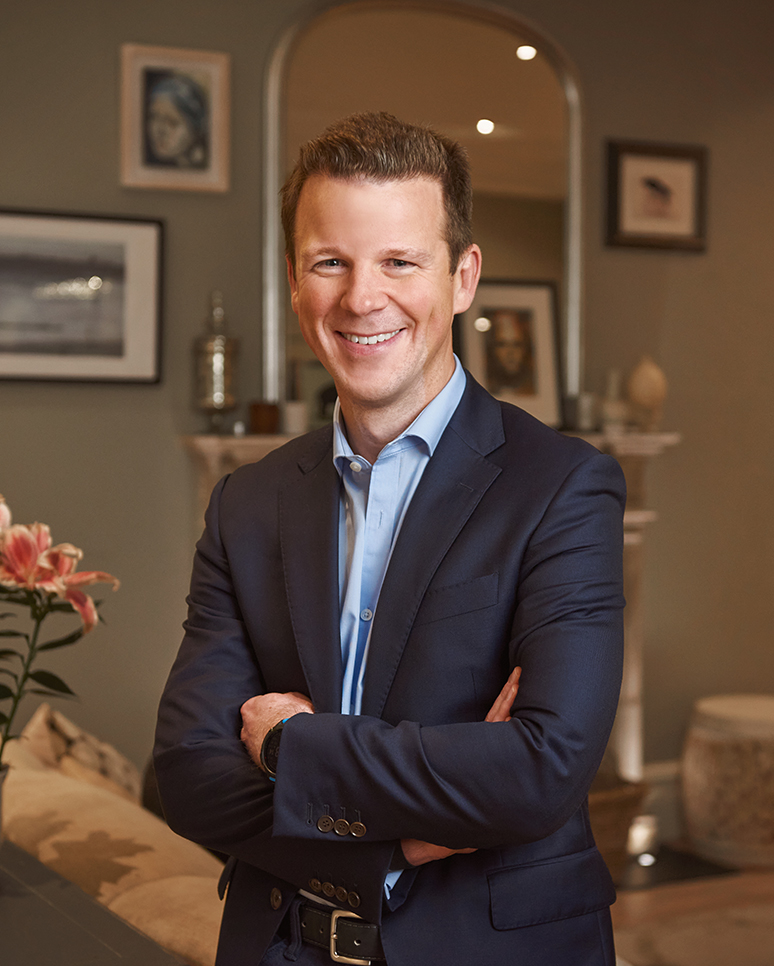
Will Watson is Head of The Buying Solution
If you wish to discuss your property requirements, we’d be delighted to assist you. Contact the team here.
